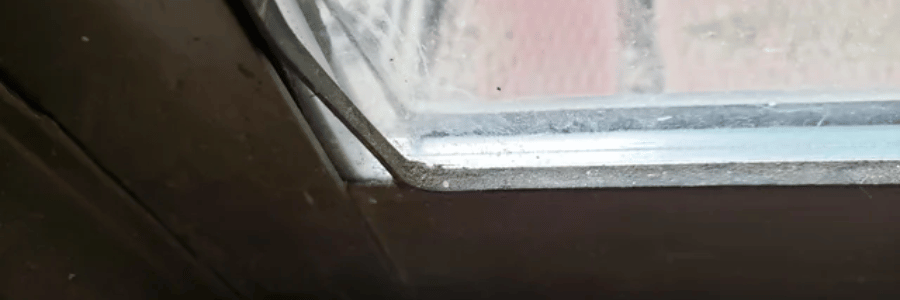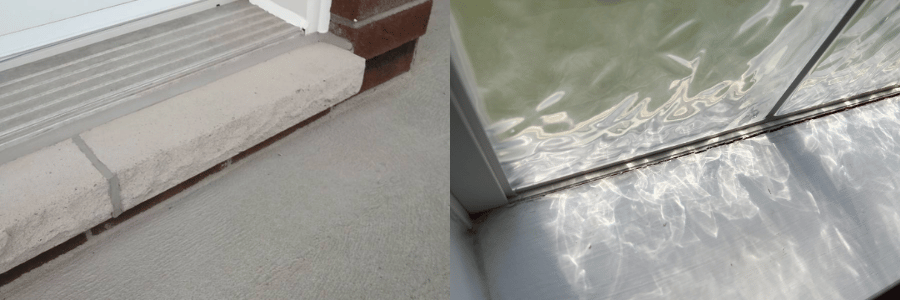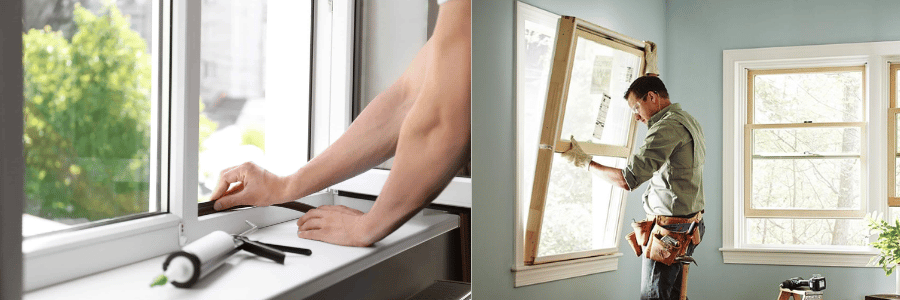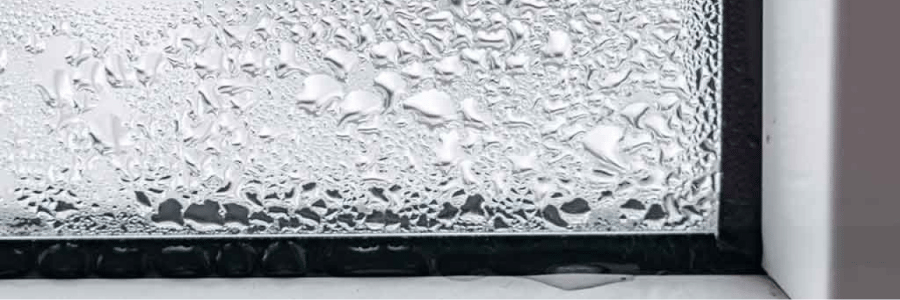Window seals play a critical role in maintaining your home’s energy efficiency and comfort. These seals, located between the panes of double- or triple-glazed windows, prevent air and moisture from infiltrating the space between the glass. However, when a seal fails, it can compromise your window’s performance and lead to several issues. Understanding what causes seal failure, how to identify it, and the steps you can take to fix it can save you time, money, and frustration.

What Causes Window Seal Failure?
Several factors can contribute to window seal failure, including:
- Age of the Window: Over time, seals naturally degrade due to exposure to sunlight, temperature fluctuations, and wear.
- Poor Installation: Incorrect installation can place stress on the seals, causing them to fail prematurely.
- Thermal Expansion and Contraction: Changes in temperature cause the window materials to expand and contract, putting strain on the seals.
- Excessive Moisture: Prolonged exposure to high humidity or water intrusion can weaken the seals and lead to failure.

Signs of Window Seal Failure
Recognizing the symptoms of a failed window seal is key to addressing the problem promptly. Look for these common signs:
- Fogging or Condensation Between Panes: A telltale sign of a broken seal is moisture trapped inside the window, causing a foggy or hazy appearance.
- Distorted View: A failed seal can cause the panes to bow or warp slightly, distorting your view.
- Higher Energy Bills: Broken seals reduce the insulating properties of your windows, leading to increased energy consumption as your HVAC system works harder to maintain temperature.
How to Fix Window Seal Failure
Once you’ve identified a failed seal, you have a few options to address the issue:
- Replace the Glass Pane
In many cases, you can replace just the affected glass unit rather than the entire window. A professional glazier can install a new insulated glass unit (IGU) to restore your window’s efficiency.
- Pros: Cost-effective and restores the window’s insulating properties.
- Cons: Limited to cases where the frame is still in good condition.
- Apply a Sealant Fix
For minor issues, applying a high-quality sealant around the edges of the window can help temporarily restore the seal.
- Pros: Quick and affordable solution for minor leaks.
- Cons: Not a long-term fix and may not address underlying issues.
- Replace the Entire Window
If the seal failure is part of a larger issue, such as frame damage or extensive wear, replacing the entire window might be the best solution.
- Pros: Ensures long-term performance and allows for upgrades to more energy-efficient models.
- Cons: Higher upfront cost.

How to Prevent Window Seal Failure
Preventative maintenance can help extend the life of your window seals:
- Ensure Proper Installation: Work with a reputable professional to ensure your windows are installed correctly.
- Clean and Maintain Regularly: Wipe down the frames and inspect for signs of wear to catch problems early.
- Control Indoor Humidity: Use a dehumidifier or ventilation system to reduce excess moisture inside your home.
- Invest in Quality Windows: High-quality windows with durable seals are less likely to fail prematurely.

Conclusion
Window seal failure is a common issue, but it doesn’t have to compromise your comfort or energy efficiency. By understanding the causes, recognizing the signs, and knowing your options for fixing the problem, you can make informed decisions to protect your home. Whether it’s a simple repair or a complete replacement, addressing seal failure promptly can save you money and maintain your home’s comfort for years to come.

